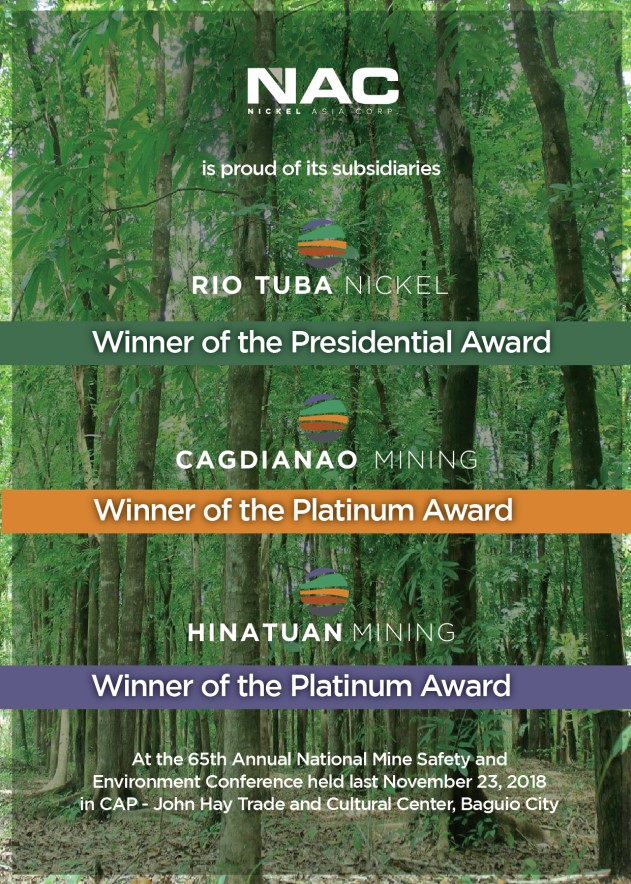Harvest Time
NSIC releases 2 hybrid rice varieties
By Sosimo Ma. Pablico
THE NATIONAL SEED INDUSTRY COUNCIL (NSIC) has again released for commercial planting two hybrid rice varieties bred by private seed companies but developed with the national Rice Varietal Improvement Group (RVIG) led by PhilRice (Philippine Rice Research Institute).
The new varieties are PSD 3 of Syngenta Phils. and BCS 064 of Bayer Crop Science, which now carry the names NSIC Rc166H (Mestizo 10) and NSIC Rc168H (Mestizo 11), respectively. In the national cooperative tests (NCT) in four cropping seasons from the 2005 dry season to 2007 wet season, both varieties produced an average yield of 130 bags a hectare (ha).
Both are recommended for transplanting culture in irrigated lowland areas throughout the year, but preferably during the dry season.
NSIC Rc166H is recommended for Cagayan, Isabela, Nueva Ecija and Davao provinces, while NSIC Rc168H is recommended for Nueva Ecija, Isabela, Davao provinces, Bohol and Bukidnon, as well as in areas where IR64 is adapted.
In the NCT, the yield of NSIC Rc166H (6,547 kg/ha) was 5.9 percent higher than the popular inbred variety PSB Rc82 (6,194 kg/ha) across seasons. Its dry season yield (6,398 kg/ha) was even higher than PSB Rc82 (5,755 kg/ha) by 11.2 percent.
Compared with the public hybrid PSB Rc72H or Mestizo 1, the yield of NSIC Rc166H was higher by 1.4 percent across seasons and 8.4 percent during the dry season.
Farmers are advised, however, to go slow with NSIC Rc166H during the wet season as its yield (6,831 kg/ha) was lower than PSB Rc82’s 6,946 kg/ha by 1.7 percent and PSB Rc72H’s 7,441 kg/ha by 8.2 percent. In Isabela, its wet season yield (5,951 kg/ha) was even much lower than PSB Rc82 (7,222 kg/ha) and PSB Rc72H (7,011 kg/ha) by 17.8 and 15.1 percent, respectively. Even with that, its average wet season yield was higher than its dry season yield.
NSIC Rc166H matures in 108 days after sowing (DAS) during the dry season and in 113 DAS during the wet season with a height of 100 and 113 centimeter (cm), respectively. Its maturity is very much like PSB Rc82. It produces an average 13 productive tillers (those with panicles) just like PSB Rc72H.
This variety has moderate field resistance to blast, a major disease, and insect pests like white stemborer, yellow stemborer, and green leafhopper. Thus, it should not be planted in hot spot areas for tungro and brown plant hopper. Together with NSIC Rc168H, heavy nitrogen fertilization must be avoided also because these are susceptible to bacterial leaf blight.
The average yield of NSIC Rc168H (6,547 kg/ha) across locations in four testing seasons was even a little higher than the public hybrid PSB Rc72H (6,471 kg/ha) by 1.2 percent. Compared with the popular inbred variety PSB Rc82’s 6,247 kg/ha, its yield was 4.8 percent higher.
In general, its yield across locations during the dry season (6,368 kg/ha) was higher than PSB Rc82 (5,897 kg/ha) and PSB Rc72H (7,441 kg/ha) by 8.0 and 6.4 percent, respectively. However, its wet season yield across locations during the wet season (6,909 kg/ha) was lower than PSB Rc82 (6,946 kg/ha) and PSB Rc72H (7,441 kg/ha) by 0.6 and 7.2 percent, respectively.
NSIC Rc168H stands at an average 115 cm with 14 productive tillers at maturity (113 DAS). The maturity is longer during the wet season (121 DAS) than in the dry season (108 DAS).
It has a good milling recovery of 66.9 percent (Grade 1) and head rice recovery of 43.3 percent (Grade 3).With its intermediate amylose content of 23.3 percent, its eating quality is excellent like IR64.
(Readers may reach columnist at spablico@yahoo.com. For past columns, click http://sundaypunch.prepys.com/archives/category/opinion/harvest-time/ For reactions to this column, click “Send MESSAGES, OPINIONS, COMMENTS” on default page.)






